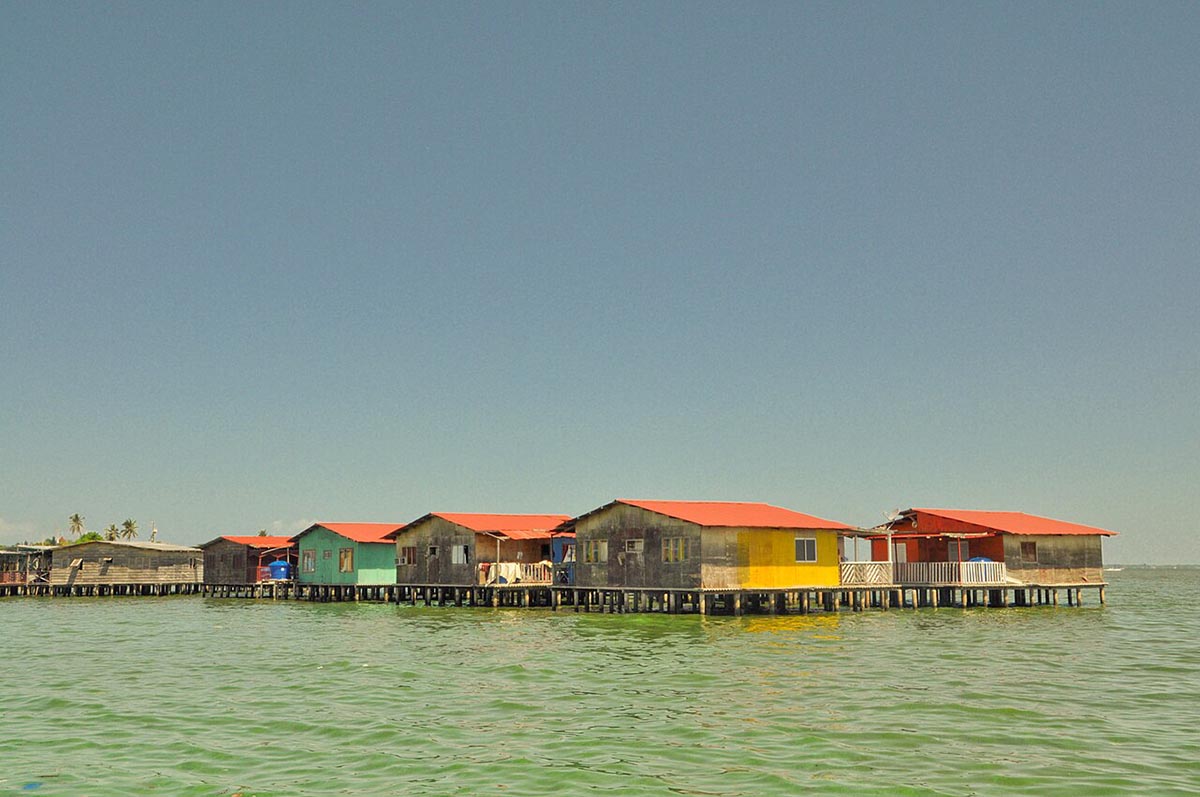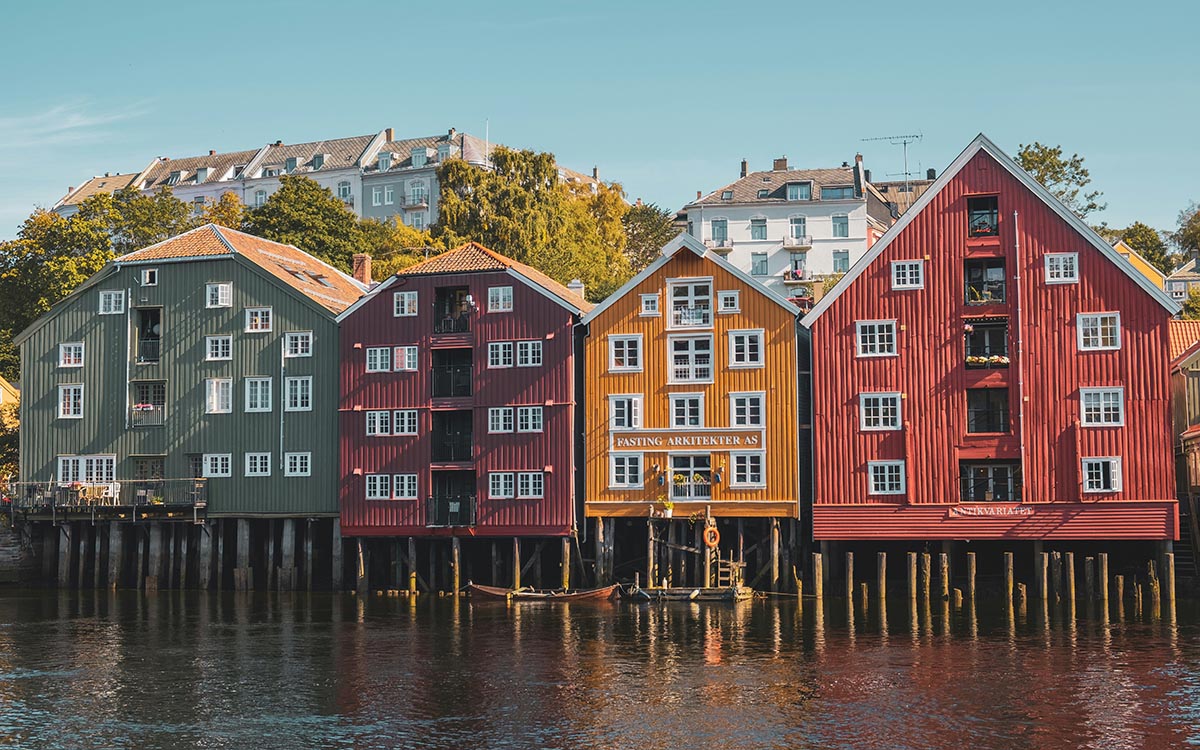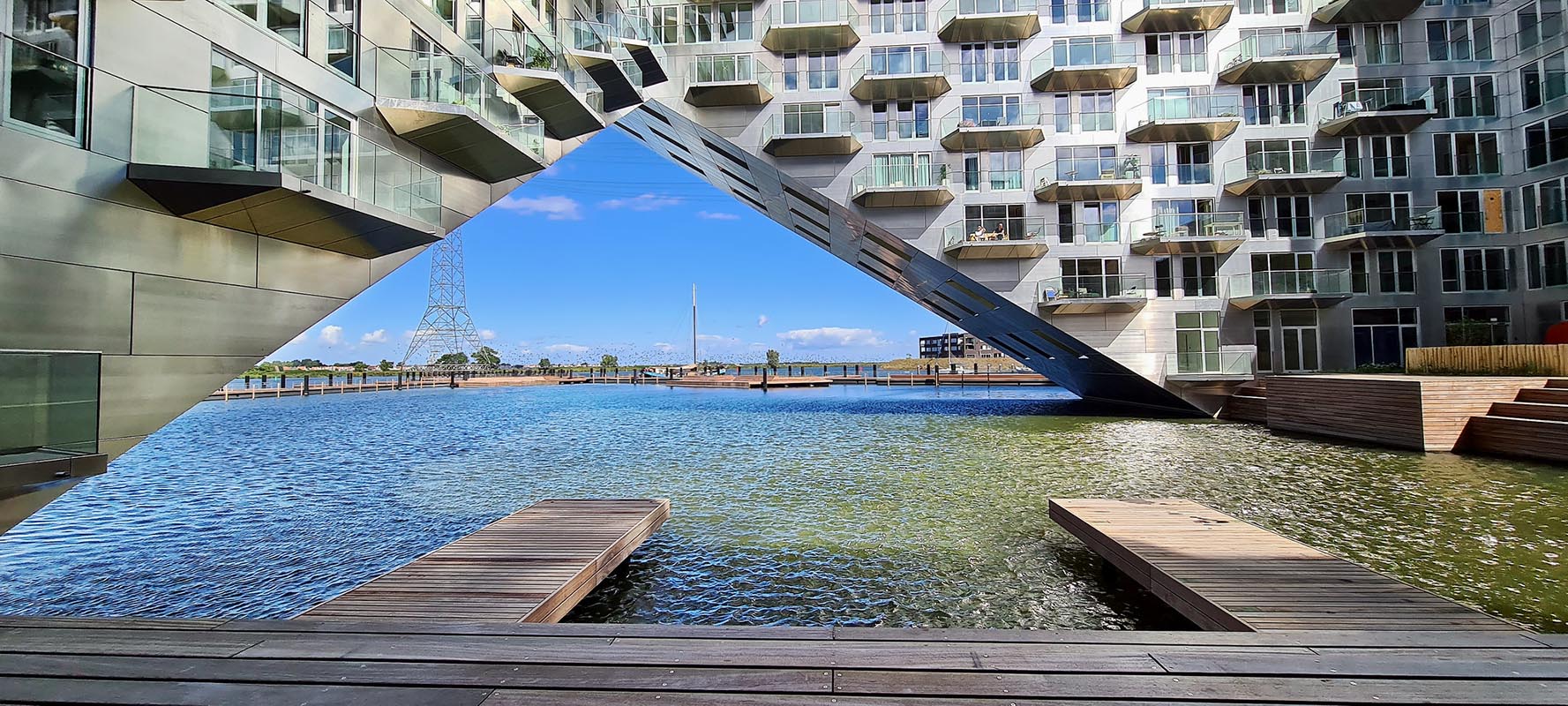
On the Chiloé islands in Chile, by rivers in Vietnam, on the banks of lakes in the Alps and on the shore of Lake Nokoué in Benin. In many places in the world, life is viewed from water. The houses seem to float a few meters above the surface, supported on piles driven into the ground. These are stilt houses, a type of vernacular architecture constructed throughout history on all five continents.
Building on water is an ancestral practice that dates back at least as far as the Bronze Age. Today, stilt houses exemplify how local resources can be used to create buildings that blend into their surroundings and inspire architects to design new, more environmentally responsible building solutions that can address the challenges of climate change.
The stilt houses that float above Lake Maracaibo
There are different theories about the origin of the name Venezuela. Some scholars believe that the name may have evolved from a native word that already existed long before Europeans arrived in America. Others say the houses built on the water on Lake Maracaibo reminded the first Spanish settlers of Venice, so they called the region Veneziola. Over time, this evolved into Venezuela.
The true origin of the name remains unknown. However, we do know that, at the end of the fifteenth century, the Maracaibo region was home to the añú people, as it is today. Their lives are closely linked to the waters of the lake (in fact, añú means “water people”) and they have been building stilt houses on its surface for centuries.
The first houses of which we have records were built with mangrove wood, which grows on the shores of the lake. They were raised on four wooden piles, one and a half meters above the water, with a triangular top. The roof was made of sticks, leaves and other plants, with just enough space for one or more people to shelter and sleep.
Over the centuries, the design has evolved. The interior space was made higher, with vertical walls, which allowed the houses to be used for a wider range of activities. In the nineteenth and twentieth centuries, the inhabitants of the region began to open windows and doors, create separate rooms and link the houses with walkways. They also began to use other materials, such as concrete or metal.

Stilt houses on Lake Maracaibo, in Venezuela. Oscarnav (Wikimedia Commons)
Sustainable, practical and in tune with their surroundings
The homes on the water built by the añú community share many features with stilt houses in other parts of the world, for example, building on piles or using locally sourced, easily obtained materials, such as mud, straw, mangrove or palm wood, and bamboo.
Stilt houses are also notable for how they adapt to the location. Not only because of the use of local materials, but also because of their small environmental footprint. The most traditional stilt houses are ephemeral, made from biodegradable materials, which disappear quickly if they are abandoned.
But what led civilizations in different parts of the world to build their homes on water? There are various reasons. One of the simplest explanations is the need to live near lakes or rivers, enabling the occupants to travel faster and access a convenient supply of food and other resources. In the city of Ganvié in Benin, for example, thousands of fishermen live in bamboo stilt houses above the waters that give them work and sustenance.
Other reasons include the need to protect coastal homes from flooding, to settle in cooler areas with more stable temperatures (away from the vegetation of tropical forests) or to live in a place wild animals cannot reach.

Stilt houses in Vietnam. Bino Le (Unsplash).
The map of stilt houses in the world
There are archaeological remains and stilt houses currently in use in Europe, Africa, America and Asia (the continent with most historical records and graphic information on stilt houses and floating homes). Examples include those on the island of Guanaja in Honduras, at Rapallo in Italy, in the Chilóe archipelago in Chile, and at the Ciénaga Grande de Santa Marta in Colombia.
In Europe, the 111 stilt-house sites in the Alps were declared a World Heritage Site by UNESCO in 2011. Centers such as the Pile Dwelling Museum at Unteruhldingen, in Germany, and the Laténium Museum, in Switzerland, tell us how such settlements were built in prehistoric times.

Stilt houses in Norway. Joshua Kettle (Unsplash).
In addition, cities such as Venice, Amsterdam, Bruges, Mexico City and Bangkok, among others, contain buildings constructed on piles, an adaptation to the marshy land on which they stand. Today, stilt houses are an inspiration for different architectural solutions aimed at reducing the buildings’ environmental impact and coping with the consequences of climate change, such as rising sea levels.

View from inside the Sluishuis complex. Screenpunk (Flickr).
One example is the Sluishuis homes, built on an artificial island in the IJ in Amsterdam. The complex, which contains over 400 homes, is not built on wooden piles, but it shares the stilt houses’ desire to link life on land with a body of water. The site has a sailing school, a water sports center and swimming and leisure areas for year-round enjoyment of the lake and nature.





There are no comments yet